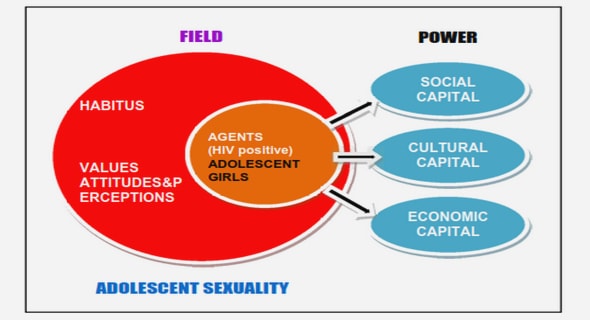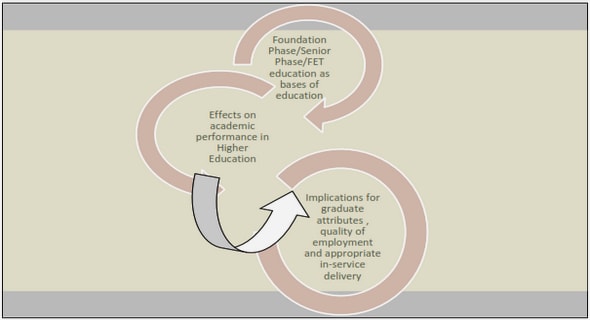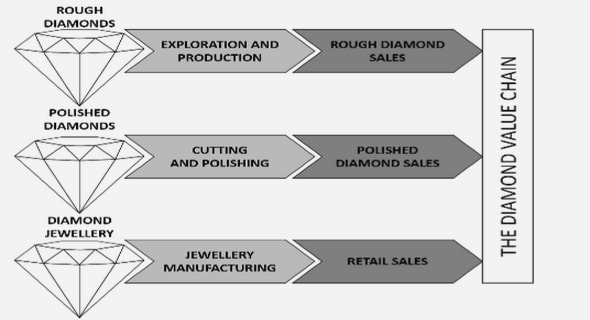Get Complete Project Material File(s) Now! »
Background to the study
The economic progress of the country is a priority for the Government of Zambia. In order to harness economic growth, the government has committed itself to ‘create an economic environment’ which ‘promotes investment, employment and wealth.’1 It has further committed itself to encourage investment, local and foreign, as well as protecting and guaranteeing such investments.2 Although there is a plethora of priority areas for investment in the country, the main focus has been on four areas: agriculture, manufacturing, tourism, and mining.3 Notwithstanding these priority areas, the mining sector seems to receive more attention than other sectors due to the perceived inherent benefits that it yields.4 The significance of the sector can be seen from its contribution of over 70% of the country’s Gross Domestic Product while creating employment for over 100 000 people. It is also estimated that, between the periods 1996-2015, over $5 billion worth of investment was been injected into the mining industry. Likewise, the development model for Zambia also seems to promote and prioritise economic growth through mining activities.
In order to encourage orderly exploitation of mineral resources, it is imperative that government creates an enabling environment. Ndulo observes that the principal ‘aim of any country’s mining legislation is to encourage the orderly exploitation and development of its mineral resources so as to maximise economic benefit to the country.’6 In attaining this objective, there must be policies and laws put in place whose aim is to create a regimeconducive to the mining sector. Such a regime must not only attract investment and innovation in the sector, but also confer positive benefits on the country.
In recognition of this fact, legislation has been put in place to attract investment in the mining sector as well as prescribe conditions that are to be met for mining rights to be conferred. Examples of such legislation are the Zambia Development Agency (ZDA) Act of 2006, and the Mines and Minerals Development Act (MMDA) of 2015. The ZDA Act allows a person to invest in all regions of the Republic and in all sectors.7 To encourage meaningful investment in the sector, incentives are granted to foreign companies with a precondition that they must first obtain a Certificate of Registration.8 The MMDA requires a person that desires to exploit mineral resources to apply to the Mining Licensing Committee for the grant of mining rights.
Chapter 1 General introduction
1.1 Background to the study
1.3 Statement of the problem
1.4 Research questions
1.5 Research objectives
1.6 Review of related literature
1.7 Significance of the study
1.8 Scope of the study
1.9 Limitations of the study
1.10 Overview of chapters
Chapter 2 Foreign direct investment, environment and human rights conceptual framework .
2.1 Introduction
2.2 Foreign direct investment
2.2.1 Theoretical assumptions.
2.3 Environmental protection
2.3.1 Principles of environmental protection
2.3.2 Theoretical underpinnings
2.4 Human rights
2.4.1 Characteristics of human rights
2.4.2 Classification of human rights
2.4.3 Human rights approaches
2.5 Environmental rights
2.5.1 International level
2.5.2 Regional level
2.5.3 Domestic legislation
2.6 Integrated theoretical approach
2.7 Conceptual framework
2.8 Foreign direct investment, mining and environmental rights.
2.9 Conclusion
Chapter 3 Standards for mining and protection of the environment
3.1 Introduction
3.2 International mining standards
3.2.1 United Nations Environmental Guidelines for Mining Operations .
3.2.2 United Nations Norms on the Responsibilities of Transnational Corporations and Other Business Enterprises with Regard to Human Rights
3.2.3 United Nations Guiding Principles on Business and Human Rights .
3.2.4 World Bank Guidelines On Extractive Industries .
3.2.5 Organisation for Economic Cooperation and Development Guidelines
3.2.6 International Council on Mining and Metals Sustainable Development Framework
3.2.7 International Organisation for Standardisation’s ISO 14001 .
3.3 Influence of international standards on national legislation and policy
3.4 Regional Standards
3.4.1 African Charter on Human and Peoples’ Rights
3.4.2 Common Market for Eastern and Southern Africa.
3.4.3 Southern African Development Community .
3.6 Mechanisms for environmental protection .
Chapter 4 Enforcement of environmental laws
4.1 Introduction
4.2 Statutory institutions and authorities
4.3 Community Participation
4.4 Non–governmental organisations
4.5 Judicial enforcement
4.6 Conclusion
Chapter 5 Mining and environmental frameworks in SADC states
Chapter 6 Summary, conclusions and recommendations


